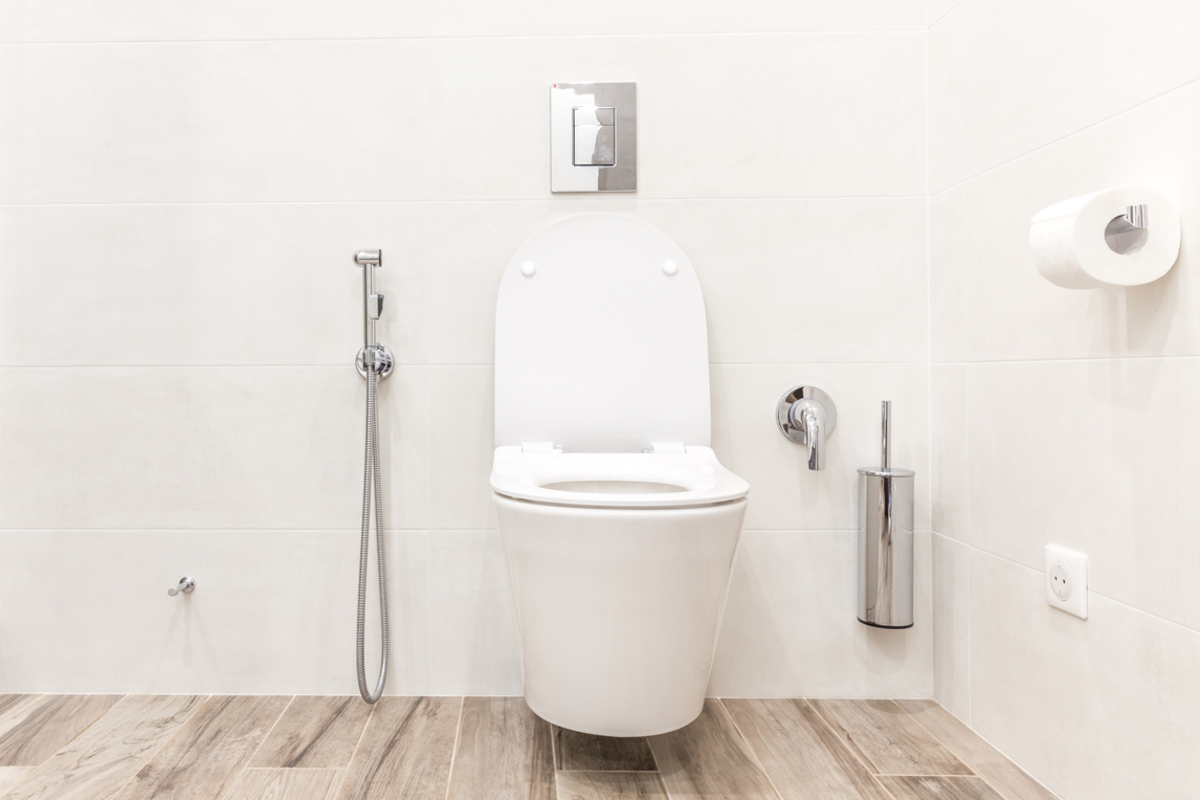Urinary incontinence — the involuntary leakage of urine — is a problem that affects millions of men and women around the world, many times causing them social distress and frustration.
It affects more women than men, however, it can be similarly debilitating in both sexes. Doctors have identified several types of incontinence, with the two most frequent types being stress incontinence and urge incontinence.

What is urge incontinence exactly?
Urine is created in the kidneys and transported by the ureters (narrow muscular tubes) to the bladder to be stored. Normally, we start feeling the need to urinate when 240 milliliters (around one cup) of urine accumulate in our bladder. Most people can hold this need until the bladder fills up to double that amount, around 480 milliliters, before experiencing a strong need to void.
In normal situations, the bladder muscle (called the detrusor) relaxes as long as it’s not too full and you’re not voluntarily trying to pass urine. An abnormal contraction of the bladder before it’s full can lead to a sudden overwhelming need to void, and in some people, urine leaks out before reaching the bathroom. This is urge incontinence.
What is the main cause of urge incontinence?
Urination is a complex process that involves many different components, mainly the bladder muscle (the detrusor), the nerves controlling the bladder, and the urethral sphincter closing it. Disturbances in the harmony between these components can lead to one or more different types of incontinence.
The condition causing urge incontinence is called overactive bladder syndrome or detrusor overactivity. As the name implies, overactive bladder syndrome causes the bladder to have a higher-than-normal activity. Cntracting at the wrong time and place, the bladder tries to squeeze urine out when it’s not even full.
When the people affected feel the sudden, urgent need to go, and urine leaks before reaching the bathroom, this is called urge incontinence. The true mechanism of overactive bladder syndrome is not well understood by doctors, and it’s believed to be due to a disturbance in the nerve pathways controlling urination in our brain.
Overactive bladder syndrome can be caused by several other conditions as well.
Bladder outlet obstruction
In men, benign prostatic hypertrophy (BPH) is the most well-known and frequent cause of bladder outlet obstruction. The prostate is located around the urethra, just below the bladder neck. Therefore, an enlarged prostate can close the urethra and prevent the urine from flowing freely from the bladder, causing symptoms of incomplete voiding, weak stream, hesitancy, and dribbling.
This is what urologists call bladder outlet obstruction. This obstruction can lead to chronic retention of urine, and the bladder may become overdistended and damaged over time. This may damage the detrusor muscle, and lead to overactive bladder syndrome, and eventually urge incontinence. Other causes of bladder outlet obstruction may include urethral strictures, prostate cancer, or a narrow bladder neck.
Urinary tract infections
These can lead to the irritation and uncontrolled contraction of the bladder, sometimes causing urge incontinence. Other symptoms that may be associated with a urinary tract infection include the sensation of burning during urination, a change in urine color or smell, and sometimes fever.
Bladder stones
These can scratch at the bladder wall causing irritation, pain, and an overactive bladder. Patients usually have a history of kidney stones, flank pain, or blood in their urine.
Bladder cancer
A tumor may cause a false sensation of a full bladder, leading to a reflex contraction and overactivity of the detrusor. Other symptoms include blood in the urine, weight loss, and a generalized sense of weakness.
Neurogenic causes
Cerebrovascular accidents, Parkinson’s disease, multiple sclerosis, and spinal cord injury are all possible causes of overactive bladder syndrome. These diseases can lead to dyssynergia between bladder contraction and the relaxation of the urethra closing it, leading in many instances to overactive bladder syndrome.
In conclusion
Other causes include bladder outlet obstruction, usually due to enlarged prostate, infections, stones, cancer, or neurogenic problems. In many cases, overactive bladder syndrome — and urge incontinence — are medically treatable without the need for surgery.
However, many individuals may be reluctant to visit a specialist because they feel embarrassed about their condition, or afraid that they won’t find an effective solution. These people should know that incontinence is a very common medical condition that should not be a cause of embarrassment and that a visit to the physician might provide quick relief.


Your thoughts on this